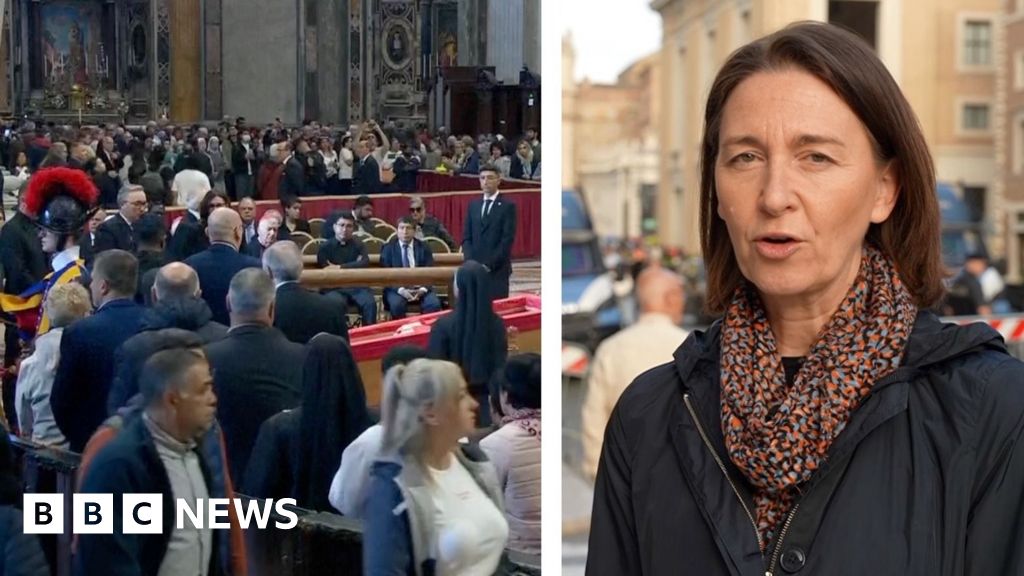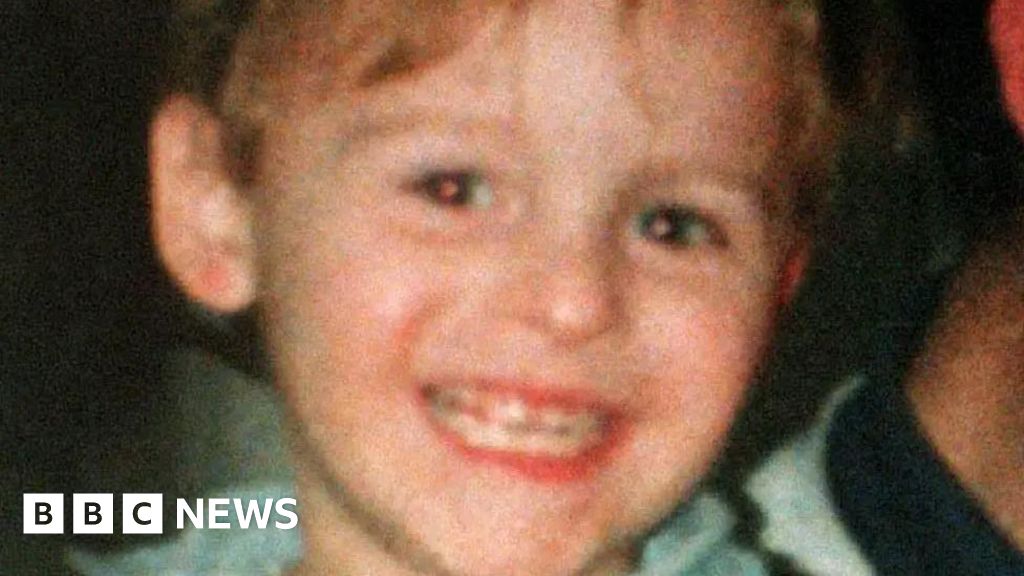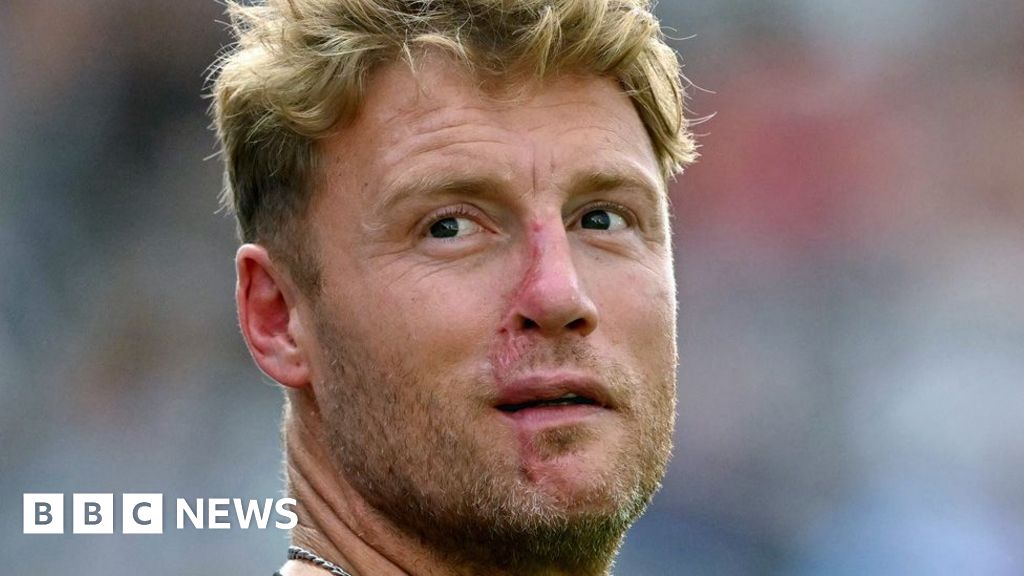Crowds are continuing to gather to pay their respects to Pope Francis. The late pontiff, who died on Monday, is…
Read More

Crowds are continuing to gather to pay their respects to Pope Francis. The late pontiff, who died on Monday, is…
Read More
Joshua Nevett Political reporter PA Media The mother of murdered toddler James Bulger has urged the government to pass a…
Read More
James W Kelly & Matt Graveling BBC News Getty Images The mechanical stacked car park was fixed in March after…
Read More
Paul Adams BBC News, Jerusalem Getty Images Public criticism of Hamas is rare, with protests violently dispersed and opponents jailed,…
Read More
Claire Ryan, George Sandeman and Sarah Campbell BBC News Watch: Dads David Stancombe and Sergio Aguiar on why they’re running…
Read More
Water companies should no longer be allowed to monitor their own levels of sewage pollution, the industry body has told…
Read More
Alix Hattenstone BBC News, England BBC Paul Leighton, a senior Trading Standards officer, says illegal vapes are being supplied through…
Read More
Getty Images Extreme tiredness and exhaustion among NHS staff poses a significant risk to patients, England’s NHS safety watchdog warns.…
Read More
Chancellor Rachel Reeves told a crowd in Washington the UK was ready to cut tariffs on US car imports, saying…
Read More
Ian Youngs & Paul Glynn Culture reporter Getty Images Flintoff needed extensive facial surgery following the crash Andrew Flintoff has…
Read More